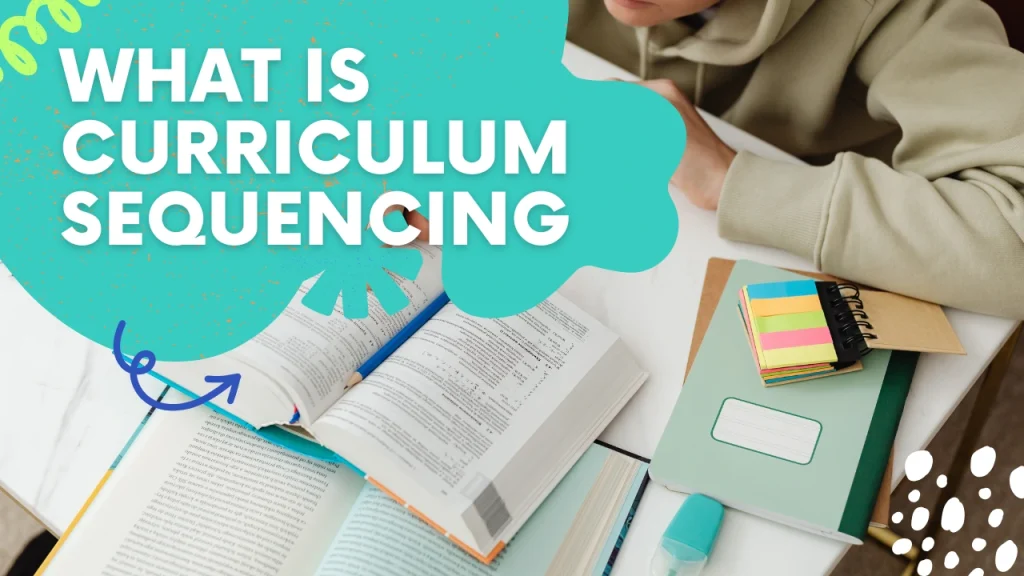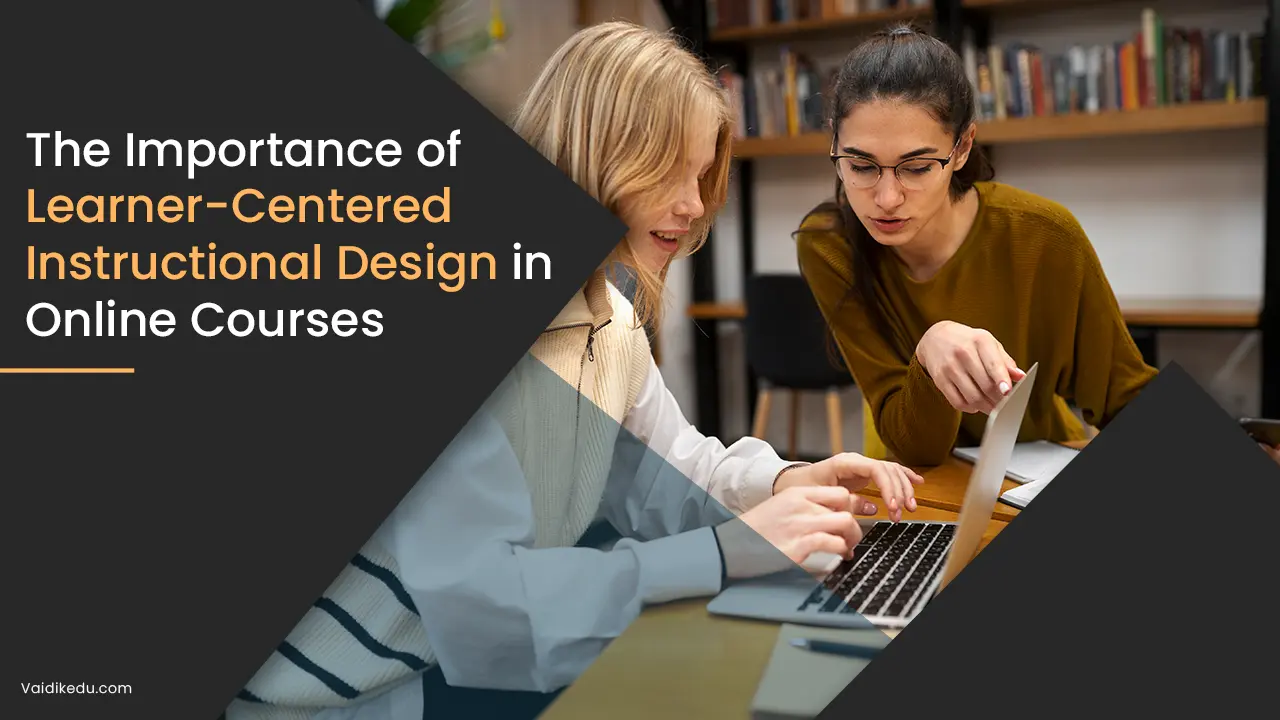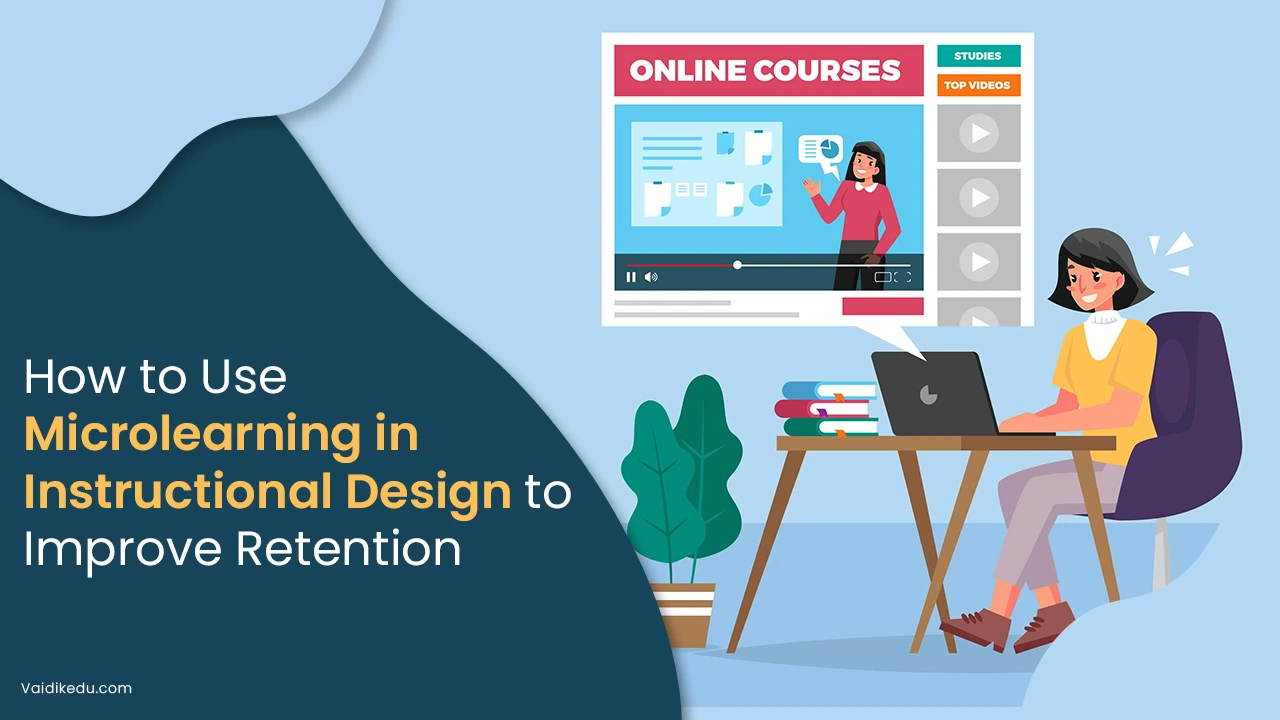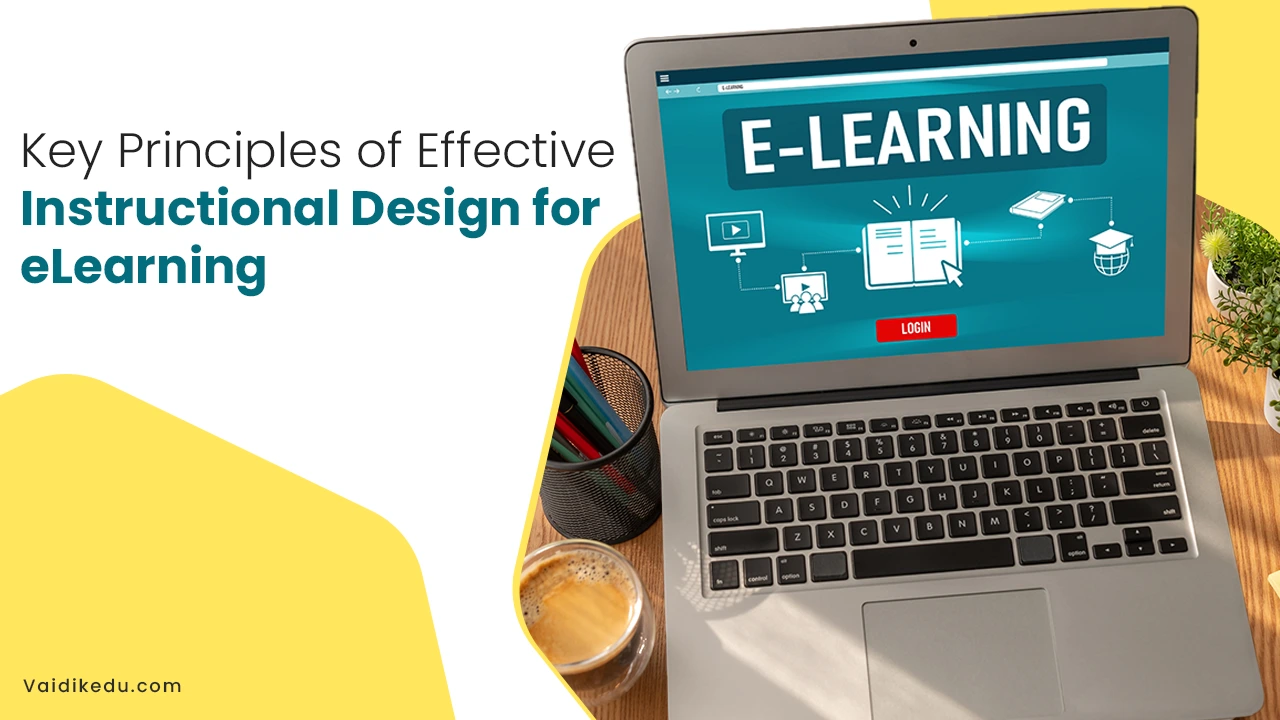We define curriculum as a collection of lessons and activities. It is well-planned and is meant to help students acquire knowledge, aptitudes, and skills. All these are required to meet their academic objectives. It is a method of organizing education and offering chances for development.
Curriculum sequencing, on the other hand, is an essential component of teaching any subject. It is the procedure for arranging, arranging, and scheduling course material to guarantee that it is thoughtfully and logically delivered.
The process of designing, organizing, and scheduling a course of study’s content to ensure the information is delivered rationally and meaningfully is known as curriculum sequencing.
A carefully planned curriculum can assist students in understanding the connections between various subjects, applying previously acquired knowledge and skills to the most recent content, and developing new ones.
Elements of Curriculum Development And Sequencing
- The curriculum ought to be created with the needs of the students in mind. It ought to be tailored to their interests, comprehension level, and age. Furthermore, the information must be pertinent to their objectives and way of life.
By doing this, you may encourage students to acquire the subject more efficiently and contribute to the creation of an interesting learning environment.
- The curriculum’s sequencing is the most important thing to take into account. The ideas ought to be taught methodically, expanding on the knowledge that has already been acquired. By doing this, you can make sure that the pupils can comprehend the content and learn it successfully. It should also be adaptable so students can go over and study the content as needed, opening up new avenues for research and learning.
- When designing curriculum sequencing, scaffolding must be considered. Scaffolding divides challenging activities into smaller, more doable pieces, providing a framework for evaluating learning.
Teachers can use this technique to assess students’ conceptual understanding at every level of the course, together with their research, performance, and application skills, and to inform them when further assistance is needed.
The sequence of the curriculum should take into account the demands of the students as well as the intended goals. The intended curricular results will be attained if the sequencing of the curriculum is carefully considered and adapted to the demands of the pupils.
Curriculum Sequencing Components
An educational program must have proper curriculum sequencing since it has a great impact on the overall growth of the student. There are a few important factors that should be taken into account when organizing the curriculum.
- How the Content Paces
It establishes how long and how many lessons are required to cover a subject. Making sure students have enough time to comprehend and become proficient in a subject is another aspect of content pacing.
- Content Sequencing
It entails selecting which subjects to teach first to ensure that students grasp the foundational concepts before advancing to more challenging content.
For example, fractions must be taught before decimals so kids may understand their connection. If difficult courses are taught out of order, students may struggle to understand and may even lose interest in the subject if they perform well.
- Order of the Tasks
Selecting the right activities to cover the material is part of the activity sequencing process. Some activities may work better for certain subjects and are more successful at keeping kids interested and advancing their learning.
- The Assessment’s Sequence
Selecting the subjects and frequency of assessments is one of the curriculum’s sequencing activities. It aids in ensuring that knowledge is being mastered by pupils and that subjects are not being neglected or skipped.
- Strengthening
Making decisions about what subjects and how frequently to revisit are all part of reinforcement. It ensures that knowledge is retained and that subjects are learned by the students. Reward repetition in the right order increases the likelihood that pupils will grasp each concept and retain the information for longer.
Essential Guidelines for Curriculum Sequencing
The learning process depends heavily on the curriculum’s arrangement. It should be tailored to the student’s requirements. It should be carefully planned to make sure it builds upon existing knowledge and is scaffolded to break complex activities into smaller portions. When creating a curriculum, your sequencing should be guided by four main ideas.
- Consistency
The first principle stresses that lessons should be rationally connected to and expanded upon from earlier ones in the curriculum. Coherence ensures that each new lesson builds on the prior knowledge that the learner has learned, facilitating simpler mastery and a deeper comprehension.
- Harmony
Alignment is the second concept, which suggests that the curriculum should match learning objectives and academic standards. It can assist students in mastering the required abilities, learning the appropriate content, and moving at a proper speed. Curriculum alignment contributes to efficient and consistent learning.
- Equilibrium
The third principle is equilibrium and balance. According to this equilibrium, the program should cover all the subjects and abilities that are important for the academic achievement of a student. This includes both hard skills and soft skills. A well-balanced curriculum must allow students to look out for their interests and develop their talents.
- Distinguishing
The fourth principle is differentiation. According to this principle, the curriculum should be customized to fulfill the needs of different kinds of students as there is a difference in the intelligence level of each student. For example, students with different levels of ability can achieve the same learning objectives through different assignments.
Drawbacks of Curriculum Sequencing
- Strict adherence can reduce adaptability and response to the unique demands of each student.
- It may overlook chances for integrated learning and cross-curricular linkages.
- It requires meticulous development and standard alignment, both of which might take a lot of time.
Conclusion
Thus, Curriculum sequencing helps educators motivate learners to meet their goals. It is a very important component of education. By using a systematic and disciplined approach to curriculum sequencing, teachers can make sure that their students receive the best education possible.
FAQs
1.When is a curriculum effective?
When it is student-centered.
2. What is curriculum sequencing in easy words?
It is the order in which the information is presented to students
3. What is the difference between the scope and sequence of the curriculum?
Scope: Width of the curriculum Sequence: the order in which the content is to be taught to the students.
4. Are there models used to sequence the curriculum?
Yes, some models that are used are the Prerequisite Sequencing model, Learner Adaptive Sequencing model, Spiral Sequencing model, etc.









